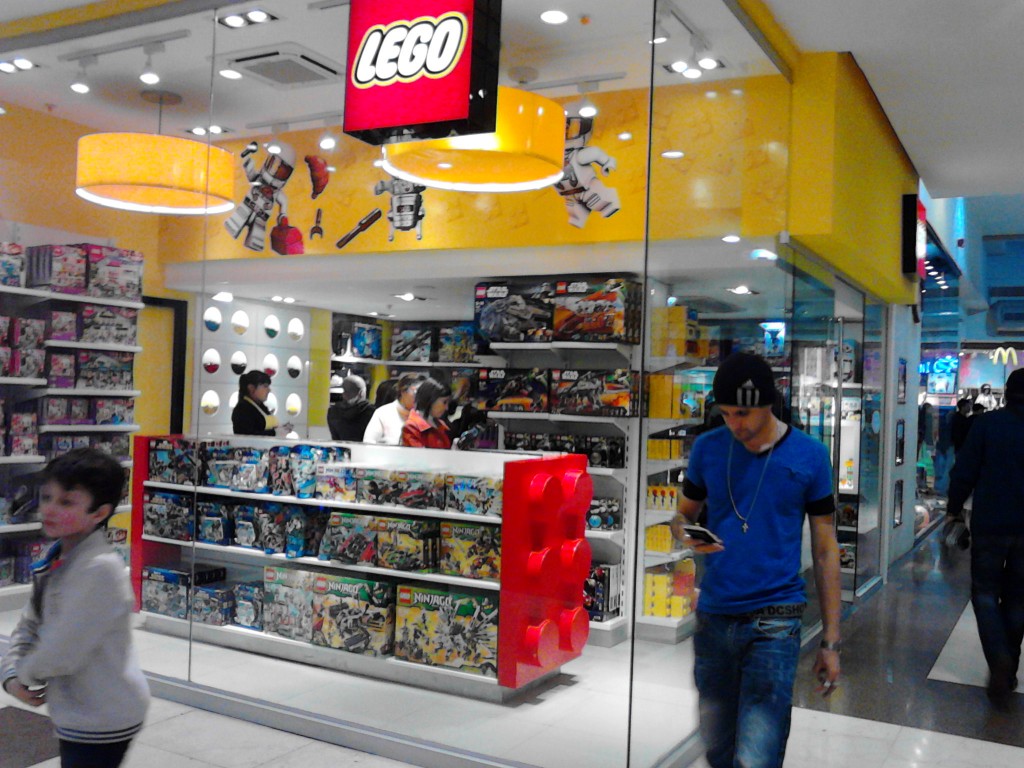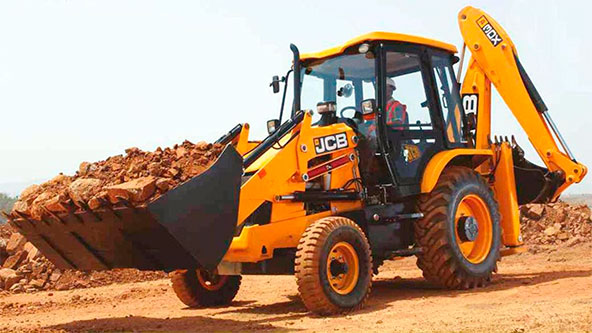Some advice for exporting to the smallest South American nations
Before we start, let me point out that when I say “small” in terms of a country, it’s always relative. Uruguay is a “small” country by South American standards (especially when compared to its gigantic neighbours, Argentina and Brazil) but it’s actually the size of England and Wales combined. Bolivia is “small” in terms of population (10 million) compared to Brazil, Colombia or Argentina, but it’s still three times bigger than Germany. Apart from considerations on geographical area and population, some markets are classed as “small” because of low purchasing power (often measured as GDP per capita), or because the market for a particular product or service is limited (such as is the case of mining in Uruguay, at least for now).

Only 3.4m people in Uruguay. But some big names. Why?
However we define “small”, you might now be targeting as part of your export strategy some of the smallest South American nations. So how can you maximise your chances of success?
First of all, when looking for local partners, you will find that in any of these countries the ultimate number of real decision makers and sector players is incredibly small. Want a local distributor for your construction equipment, food technology products or electrical goods? The chances are that you are probably in the hands of 3 to 5 very good potential partners, no more.
This means that you have to be extra careful not to waste your chances. Go slowly because you will only get one shot here. You can saturate the market with your requests and information very quickly, so take your time with each option. And if you can go through a personal contact, that’s better still.
Also, people in small markets are a lot more likely to know each other. They might have studied together, have relatives or friends in common, have grown up in the same neighbourhood or have worked together. Everybody knows everything and you’re the outsider, not them. Take time to understand the markets and to “listen in”. If someone gives you an introduction (whether another exporter, a government agency or a paid consultant), value them preciously.
In terms of consumers, again, you get a one shot, probably in the largest city or two, to impress your clients. If you get it not-quite-right in Bahia (Brazil), you can always try Rio or Sao Paulo. You get it wrong in Asuncion or Montevideo, and that’s you done. Presssure’s on.

JCB has its own showroom in Paraguay. Why?…
And, finally, never underestimate the smaller markets. Firstly, because your competition might, so you have a stronger chance than in the bigger markets that everyone goes for. These smaller markets can also offer you a great platform and become your ideal test markets. Some smaller economies might be easier to navigate and get you selling quicker than neighbouring giants. The orders that come might not be huge, but they can become your bread and butter. Your business partners, clients and other contacts in these markets need to be as valued as your contacts in China or Brazil. How much resource you devote to them is your call, but make them feel special. After all, they are.
